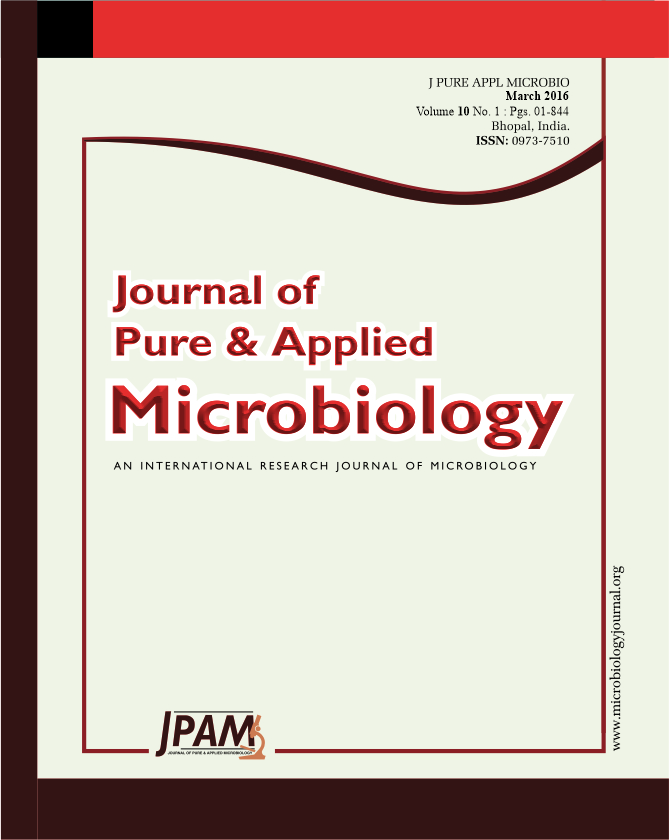Soils are the main habitat of saprophytic and pathogenic fungi. Zygomycetes are one of the most parts of soil fungi and certain members are among opportunistic fungi and can cause systemic fungal infections in immunocompromised patients. The majority of human and animal infections are caused by members of the genera Rhizopus, Mucor, Rhizomucor, Absidia, Cunninghamella, Mortierella. The objective of this research was to isolate and identify the main genera of Zygomycetes, especially family Mucoraceae. A total of 340 soil samples were collected from seven different public parks and 14 municipality districts in Isfahan. All samples were cultured on appropriate media and incubated at 25-30° C for 2 weeks, examined daily for visible fungal growth. Five hundred fungal colonies belonging to various classes of filamentous fungi were obtained. Finally 400 pure colonies belonging to six genera of Zygomycetes including Absidia, Rhizopus, Rhizomucor, Mucor, Cunninghamella and Mortierella were identified. The genus Rhizopus (35.5%) was the most frequent isolate, followed by Mucor (32.25%) and Rhizomucor (27.5%). These finding may help us to understand about the importance of opportunistic fungi in public areas and the risk of exposure with immuno-compromised persons.
Soil-borne fungi; Zygomycetes; Immuno-compromised patients; Mucoraceae.
© The Author(s) 2016. Open Access. This article is distributed under the terms of the Creative Commons Attribution 4.0 International License which permits unrestricted use, sharing, distribution, and reproduction in any medium, provided you give appropriate credit to the original author(s) and the source, provide a link to the Creative Commons license, and indicate if changes were made.


